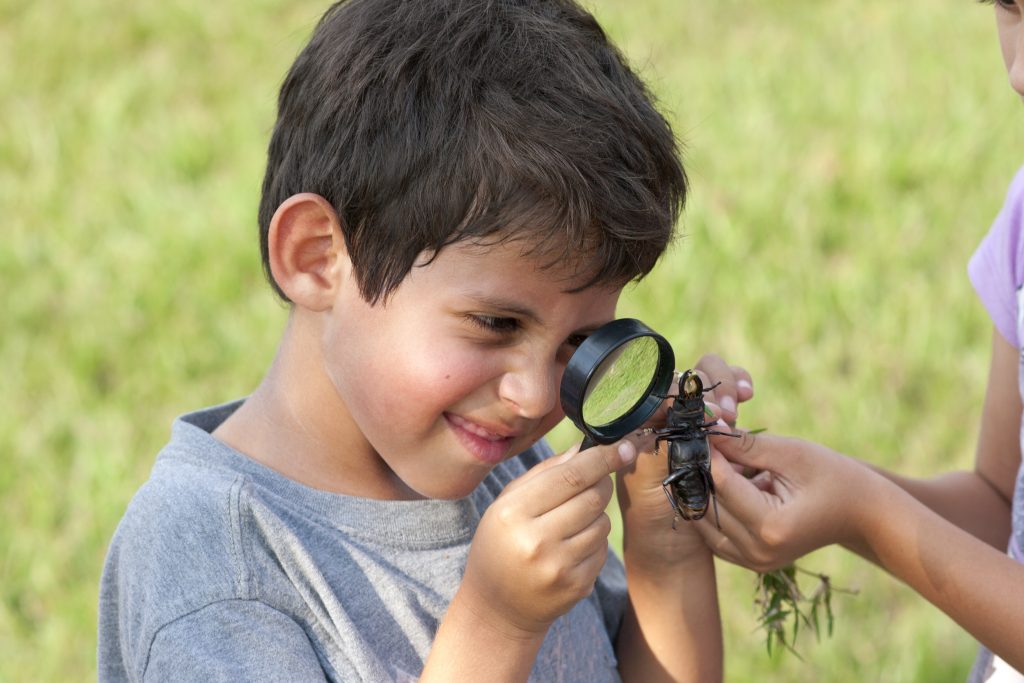<p style="text-align: justify;">The science industries and sectors – not only within the United States but also around the world – are full of brilliantly bright, intelligent, and high flying scholars who excelled at school in subjects like science, mathematics, and computer science. But what the industry is lacking in, and desperately needs, is those with exceptional spatial ability, too. Spatial ability is the skill to visualise concepts without the need to see physical theory, the skill to transform data into information, and the skill to understand logic mentally as well as practically. Quite often, those with high levels of spatial awareness are those who have demonstrated an interest and talent in the creative arts, as imagination and visualisation are very much related. By incorporating aspects of traditional <span>kids&#8217; activities</span> into science experiments to do at home, you can help your kids not only to understand the sciences more easily, but also to learn skills to aid them in other subjects.</p>
<p style="text-align: justify;"><img class="aligncenter size-Correct wp-image-9799" alt="Science Experiments For Kids" src="https://medusamagazine.com/wp-content/uploads/2013/11/157977440-600x400.jpg" width="600" height="400" /></p>
<h2 style="text-align: justify;"><strong>Easy Craft-Based Experiments</strong></h2>
<p style="text-align: justify;">The possibilities really are endless, but if you’re looking for a bit of inspiration to get you started, here are some fun – and educational! – ideas that you can you and your kids can enjoy together:</p>
<h3 style="text-align: justify;"><strong>Erupting Volcano</strong></h3>
<p style="text-align: justify;">Every adult knows the volcano experiment – it’s a classic, yet it’s so effective. The experiment is based upon the reaction between acids and alkaline solutions, so you need two products on either end of the pH scale – such as vinegar and baking soda. Combining these products produces a foamy eruption that mimics the flow of volcanic lava. To incorporate an arts and crafts aspect, get your kids to design a realistic-looking volcano (perhaps out of papier mache), complete with painted molten lava, jagged rocks, and, of course, a deep crater for placing your ingredients into.</p>
<h3 style="text-align: justify;"><strong>Slime</strong></h3>
<p style="text-align: justify;">Kids love slime, it’s so messy and very, very fun (even you’ll want to get your hands on it!). Your kids will be amazed at how regular cornflour, water, and a bit of glue can create a slimy concoction that’s truly disgusting! Take the opportunity to explain to your kids how it works – the molecules in the glue loosely hold everything together, allowing the mixture to be stretched and compressed. It’s sort of like making bread dough, where the gluten in the flour holds the mixture together, but also makes it stretchy. The creative aspect comes in what you do with the slime afterwards. Sculptures? Works of art? It’s up to you!</p>
<h3 style="text-align: justify;"><strong>Melting Chocolate</strong></h3>
<p style="text-align: justify;">This is one activity that no one can refuse! In melting chocolate, you can demonstrate to your kids the relationship between solids and liquids, and how high temperatures can transform chocolate from one state to another. When the chocolate is melted, you can pour it into moulds that your kids have made in advance using aluminium foil. The design, shape, and size of the mould is completely at their discretion. The best part is, you’ll have a very tasty treat at the end of it!</p>
<p style="text-align: justify;">It’s very interesting to see how the sciences actually lend themselves to other aspects of study and academia, and vice versa. It can be very easy to categorize subjects into arts and sciences, as indeed many schools, colleges, and universities do, but there is such a crossover between scientific intelligence and creativity. Both creativity and intelligence are so important – let’s not let the relationship between arts and sciences be overlooked!</p>

Science Experiments For Kids
